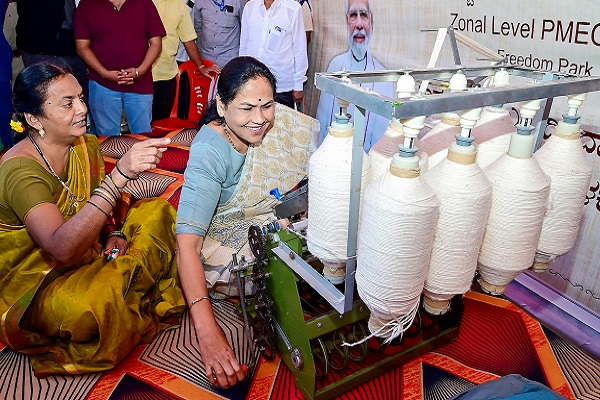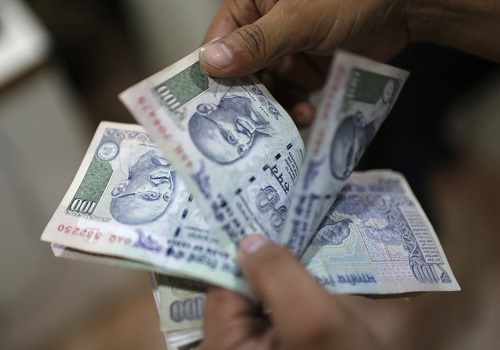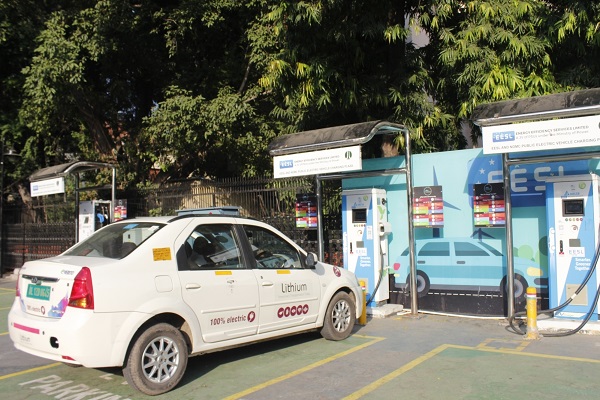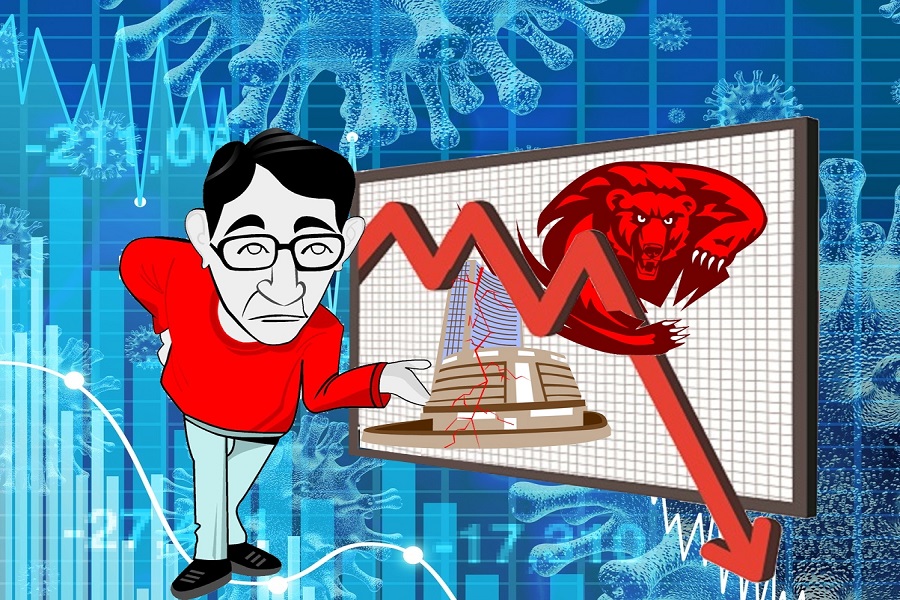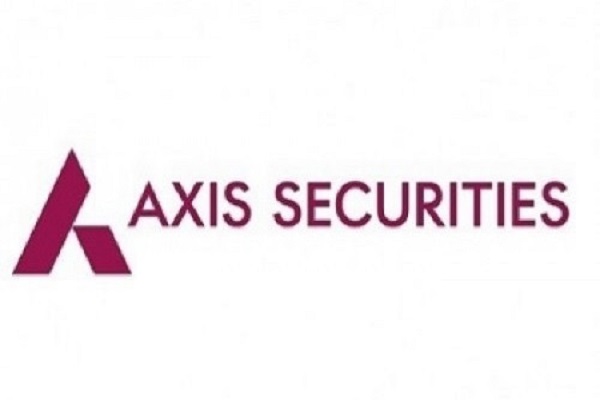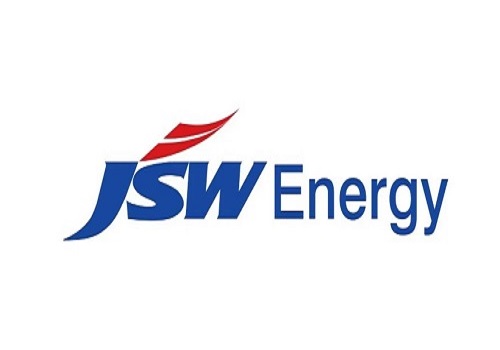Diwali Muhurat Picks 2025 by Axis Securities

As we close the chapter on Samvat 2081, we warmly welcome Samvat 2082 and extend our heartfelt wishes for a “Happy and Prosperous Diwali” to all our valued readers. May this festive season illuminate your path to financial prosperity and overall well-being. On this auspicious occasion, we are pleased to present our Diwali Muhurat Picks for the year, with the hope that they contribute meaningfully to the growth and success of your investment portfolio.
A Year of Volatility and Market Underperformance: Samvat 2081 was a challenging year for the Indian equity market, with the Indian market underperforming global and emerging markets for the first time since the Covid-19 era. In the last one-year, our market witnessed a roller coaster ride marked by extreme volatility in the first half of the SAMVAT, and our Largecap index - Nifty 50, corrected by 16% till 28th Feb’25 from the 26th Sep’24 Peak. Over this same time, the broader market corrected a bit deeper while the Mid and Smallcap indices saw a correction of 21% and 25% respectively. The majority of this correction was driven by 1) US trade policy uncertainty, 2) Rise in US bond Yields and Dollar Index, 3) Slowdown in domestic earnings growth, 4) Lowerthan-expected CAPEX spending, 5) Slower-than-expected consumption pattern, and 6) Slowdown in the Credit growth. These factors collectively contributed to the valuation derating and the subsequent correction in the market for the first half of the SAMVAT.
Indian Markets Rebound Sharply: In the second half, however, markets enjoyed a bounce back from the Feb’25 bottom, and a breather rally was seen across the sectors and market caps. Since the Feb’25 low, the benchmark index Nifty 50 has gone up by 14% till 9 th Oct’25, while Mid and Smallcap stocks rebounded with a rally of 22% and 23%, respectively. Even with this bounce back, the Indian market has given a flattish return since last Diwali (1 st Nov’24). During this period, the Nifty 50 and Midcap Index have gone up by only 3.6% and 3.4%, while the Smallcap Index is still down by 5.2%. On the other hand, the Emerging Market Index went up by 19.8% while the S&P 500 climbed 18% over this timeframe. Lately, the underperformance of the Indian equities was largely attributed to 1) Mixed trend in the US policies and prolonged negotiation between US and India tariffs vs the market expectations, 2) Indian currency depreciation, 3) FII selling, 4) Delayed earnings recovery, which is still one quarter away, and 5) Lag in the reflection of Fiscal and Monetary benefits to the corporate earnings.
Indian Market Sees a Shift from the FIIs’ Overdependence: Indian investors demonstrated a proactive and unwavering belief in India’s long-term growth narrative. This faith has been bolstered even more since last Diwali, with Domestic investors (DIIs) injecting $74.9 Bn into the Indian equity market while Foreign Institutional Investors (FIIs) took out $19 Bn over the same period. Additionally, the monthly Systematic Investment Plan (SIP) inflow in mutual funds has surged to over Rs 28,000 Cr in Jul’25. This reflects a structural shift in the Indian equity market — from a reliance on FII inflows to a foundation increasingly supported by strong domestic participation. The growing dominance of domestic inflows underscores the deepening maturity of India’s investor base and highlights their unwavering confidence in the country’s long-term growth trajectory.
Market Outlook: Samvat 2082 is poised to be an eventful and closely watched year for the Indian economy. Despite prevailing external headwinds, India’s domestic growth momentum remains resilient. Key macroeconomic indicators point toward a stronger performance in FY26 compared to FY25, with early projections suggesting an even more robust outlook for FY27. Both the RBI and the government are providing support to the Indian economy by front-loading pro-growth fiscal and monetary measures. These include a) A 50 bps CRR cut in Dec’24, b) A 100 bps rate cut till now, c) Improved bank liquidity, d) The RBI Dividend, e) A consumption boost provided in the budget, and f) An uptick in the government CAPEX spending. On top of this, the government has implemented GST 2.0 reforms. These developments collectively indicate that our economy is at an inflexion point and will gain benefits going forward.
Relative Underperformance Provides an Opportunity to Add Equity for the Long Term: On a YTD basis, the Indian market has underperformed the US market and other emerging markets by a notable margin. The FTSE India Index is currently trading at a PE premium of 49% to the EM Index, compared to its historical average premium of 44%. In Sep’24, the Indian market was valued at a significantly higher premium of 97% to EM peers. Following the recent correction, the current 49% premium appears more reasonable and offers a relatively attractive entry point when viewed against historical valuations. Going forward, the Indian equity market is expected to track the following four key parameters: 1) Progress on US trade deal negotiations, 2) Revival of the earnings growth cycle, which is likely to start from Q3FY26 onwards, 3) Revival in a credit growth cycle, and 4) Transmission of fiscal and monetary benefits to consumption growth.
That said, the country’s macro set-up continues to be positive and the fundamentals of Indian corporates are improving as compared to last year. The government has pivoted from CAPEX-oriented growth to consumption-led growth, and the Indian market is in a phase of adjustment to this new normal. Based on these dynamics, we believe the earnings weakness is nearing its bottom, with a broad-based recovery expected to begin from Q3FY26 onwards. Furthermore, from FY27, the full impact of GST 2.0 reforms is likely to be reflected in the economy, driving a sustained pickup in consumption demand across sectors. On the back of these expectations, double-digit earnings growth is projected for FY27, which could translate into double-digit market returns as the recovery in corporate earnings gains traction. While risk-reward is slowly building towards Mid and Smallcaps, recovery is expected to be gradual as we move ahead in the SAMVAT.
Considering the positive attributes of the Indian economy, we present the following themes for Samvat 2082:
* Private banks as a play on the uptick in the credit growth cycle
* Discretionary consumption plays via Hotels, Auto Ancillary, and Retail stationary
* Play in the value chain of the Power sector with capacity expansion and investment in the transmission sector
* Export recovery play in Indian Midcap IT companies
* Asset-light Hub and spoke play in the Hospital sector
For More Axis Securities Disclaimer https://simplehai.axisdirect.in/disclaimer-home
SEBI Registration number is INZ000161633




